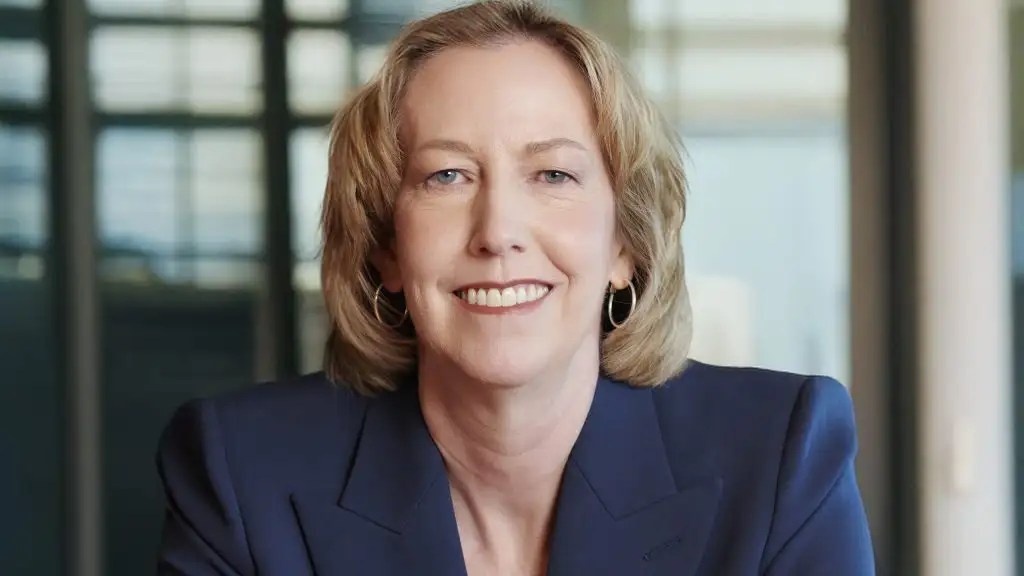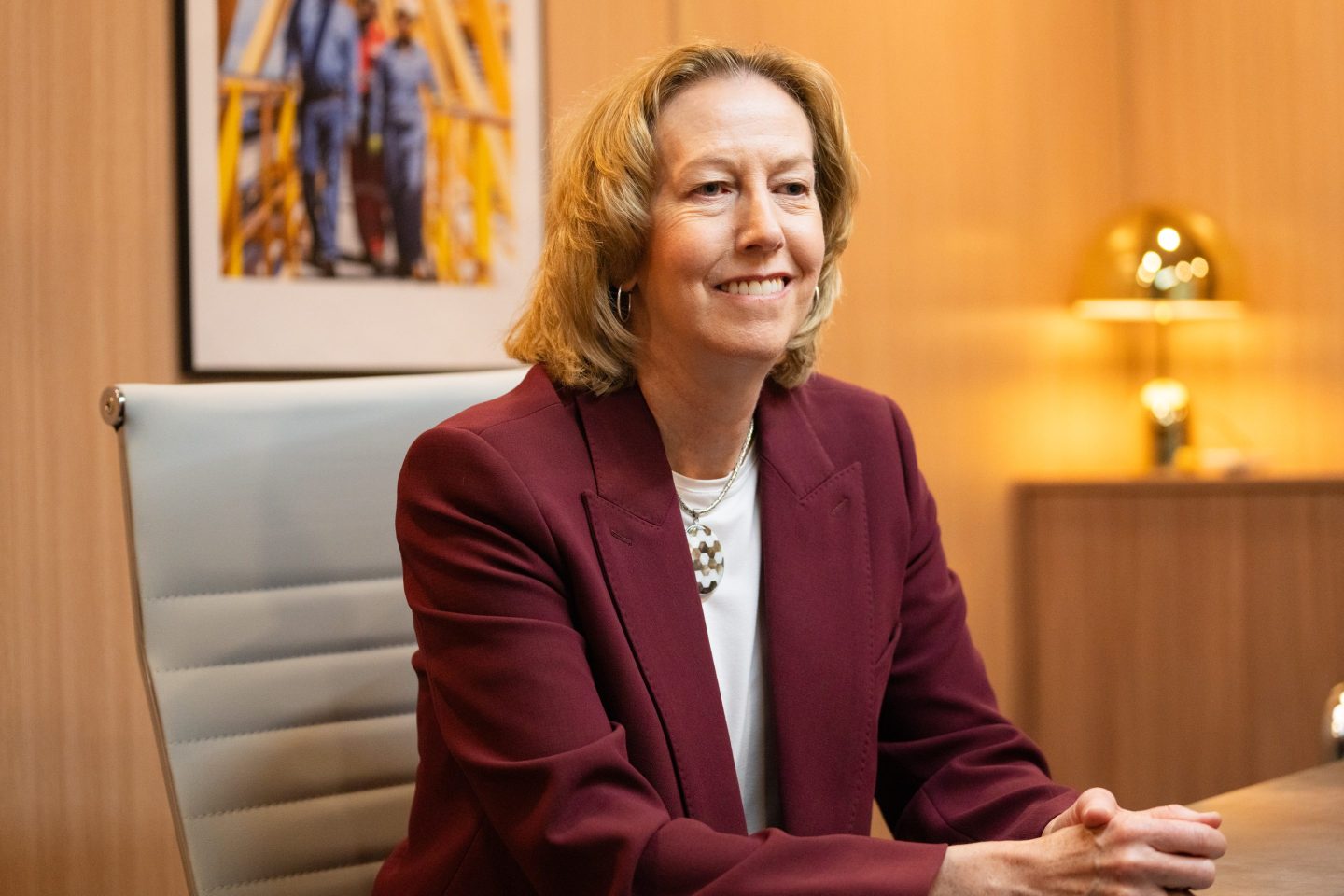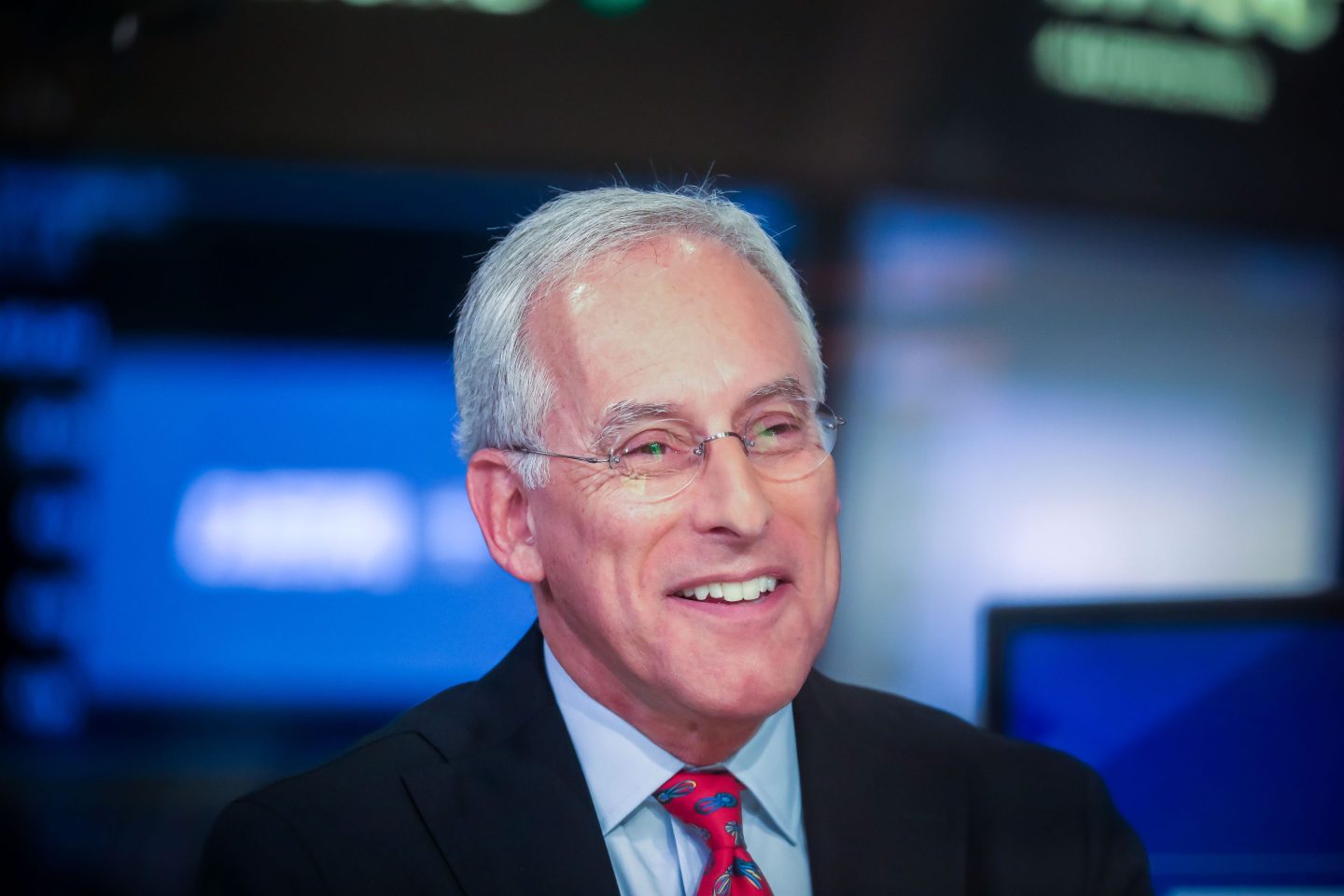Good morning. During rising economic uncertainty, some companies continue to identify ways to create value and invest. But that may be hard for a firm to do if it loses millions annually.
Fidelity National Information Services, or FIS, a fintech company led by CEO Stephanie Ferris, released new research in collaboration with Oxford Economics. Businesses are losing an average of $98.5 million per year primarily due to issues such as cyber threats (88%), fraud (79%), and regulatory complexities (65%). The findings are based on two global surveys of a combined 1,000 C-suite business and technology leaders across six different industries.
The fintech company talks with clients regularly about the money life cycle—money at rest, in motion, and at work—and the friction they experience, Firdaus Bhathena, chief technology officer at FIS, told me. “But what was missing was quantifying it,” he said. “You have this gut feeling that it’s worth investigating.” So FIS initiated the research, and the data “really helps us understand the scope of the problem, and it’s large.”
Payments taking longer than usual or not going through, and suffering from cybersecurity threats without the capability of quickly detecting fraud are some examples of issues in the money cycle, Bhathena said. In addition, financial technology skills gaps, reputational damage, and human error are issues as well. “You may not always be able to automate out of human involvement, but you can certainly put in checks and balances to ensure that the likelihood of mistakes being made is very low,” he said.
Why does he think many firms have become inefficient in these areas? “These are companies in different industries,” Bhathena explained. “The way technology change is accelerating these days, they’ve had to deal with change in their businesses, and they’ve all been at different levels of preparedness.”
We’re no longer in the days of slower incremental changes in technology, he said. “Think about the fall of 2022 when Gen AI kind of burst onto the scene,” Bhathena told me. Tech experts were familiar with the technology. “But, for most of the world, it was like this thing came out of nowhere,” he quipped. “I had somebody describe it this way—It’s like an overnight revolution 20 years in the making.”
Dealing with that change has proven challenging for companies, especially for larger companies used to doing business a certain way, Bhathena said. According to the survey findings, respondents from companies with teams dedicated to implementing and managing financial technology—in-house or outsourced—reported greater preparedness to tackle key challenges.
Does he have any advice? “You need to be bold but not reckless,” Bhathena said. “You need to look at what’s available on the technology landscape and make appropriate investments.”
Sheryl Estrada
sheryl.estrada@fortune.com
Leaderboard
Ryan Benton was named CFO of Enovix Corporation (Nasdaq: ENVX), a high-performance battery company. Benton previously held key roles at ASM International and served as CFO for multiple public companies including Silvaco and Exar Corporation. His first public appearance as Enovix CFO will be during the company’s first quarter 2025 earnings call on April 30.
Nathan Brady was named CFO of Cyderes, a cybersecurity solutions provider. Brady most recently served as CFO at Optiv Inc., a pure-play cybersecurity solutions provider. He joins Cyderes as CFO, bringing a decade of executive financial leadership.
Big Deal
An analysis by S&P Global Market Intelligence finds that March total retail and food services sales in the U.S. rose 1.4% month over month. Consumers likely increased near-term purchases ahead of prospective new tariffs and related price increases, according to the report.
Adjusted retail and food services sales totaled a combined $734.87 billion in March, up from $724.54 billion in February and up 4.6% from March 2024. Adjusted sales over the first three months of the year were up 4.1% year over year.
“Retail sales came in better than expected, and while normally that would be a good thing for markets, it is very possible that consumers are front-loading their purchases and we may be seeing an artificial bump in sales, which the market will likely look through,” Chris Zaccarelli, chief investment officer for Northlight Asset Management, told S&P Global.

Going deeper
“Five Ways to Make Your One-on-One Meetings More Effective” a report in MIT Sloan Management Review, explains why failing to use time with direct reports in a meaningful way or, worse, skipping these meetings altogether can lead to higher attrition.
Overheard
“Stay hungry. It means showing up early, pushing forward, staying curious and doing the work without being asked.”
—Saira Malik, chief investment officer at Nuveen, a TIAA company, wrote in a LinkedIn post last week about what being labeled a “hungry hire” taught her about standing out.













